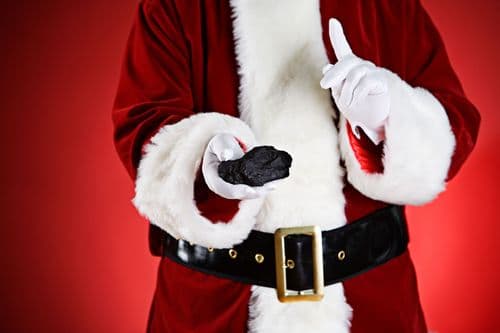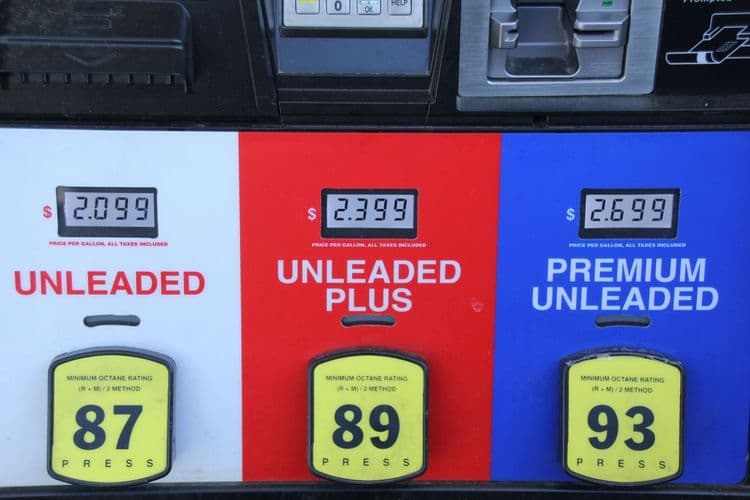Gas prices end in 9/10 of a cent because of a "temporary" tax from 1932 that was supposed to last only one year but became a permanent way for oil companies to steal billions from American drivers.During the Great Depression, the federal government added a 1.5-cent tax to gasoline to fund road construction, and gas stations started pricing fuel at $0.159 instead of $0.16 to make the tax less noticeable.
The tax was repealed in 1933, but gas stations kept the 9/10 pricing because they discovered it was a psychological goldmine.Your brain processes $3.59 as "three-something" instead of "almost four dollars," making you think you're getting a better deal than you actually are. This fractional pricing tricks millions of drivers into spending more money than they realize.
The 9/10 pricing scam costs the average driver over $100 per year in extra spending because people consistently underestimate the true cost of gasoline. Oil companies have conducted extensive psychological research to determine that 9/10 pricing increases fuel purchases by 8-12% compared to whole-dollar pricing.
What's even more manipulative: gas stations coordinate their 9/10 pricing to prevent competition.If one station charges $3.59 and another charges $3.60, consumers flock to the "cheaper" option even though the difference is less than a penny per gallon. This allows all stations to maintain artificially high prices while appearing competitive.
European gas stations tried to eliminate fractional pricing in the 1990s, but American oil companies lobbied against similar reforms in the US.They argued that 9/10 pricing was "traditional" and "consumer-friendly," when it's actually a century-old scam designed to extract extra money from every fill-up.
Every time you see 9/10 at a gas station, you're looking at the most successful pricing conspiracy in American history.





